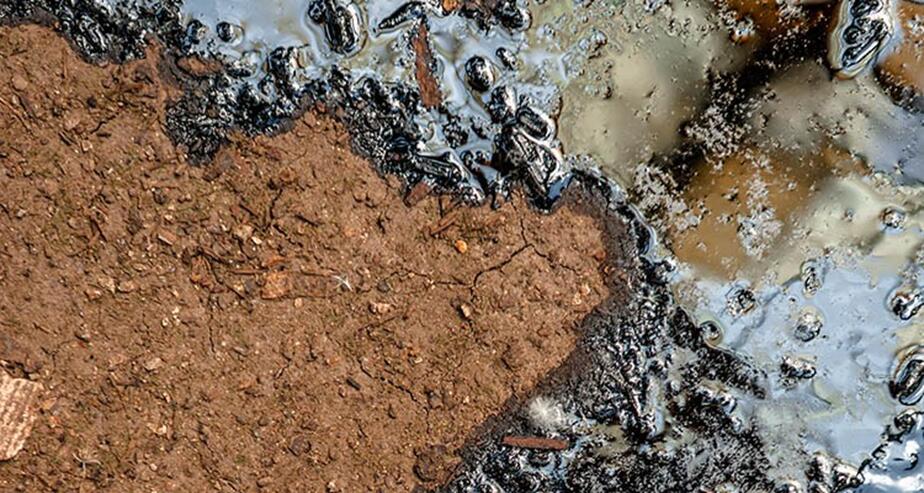Liposomes for Fuel Contamination Cleaning
As an expert in liposome manufacturing, Creative Biostructure offers trusted services to clients worldwide with a focus on clinical and nonclinical liposome applications. As the awareness of environmental pressure has grown over the years, there is an increasing demand for effective methods in environmental remediation. Recent studies have indicated that liposomes may serve as the next generation cleaner for fuel-contaminated sands and soils. It is also our duty, as a CRO company, to help the clients design and develop functionalized liposomes as remedies for our ecosystem.
Why use liposomes for fuel contamination cleaning?
Petroleum contamination of water, soil and sand is one of the most common environmental hazards. Although various methods have been proposed, they all, to some extent, suffer from limited solubility in water. Therefore, utilization of surfactants is necessary to reduce oil/water surface tension, thereby increasing dispersibility and bioavailability of oil. The addition of liposomes to oil spills on water induces an immediate change in the physical state of the oil spreading by “coating” the oil with their tails interacting with the oil phase and their heads facing the aqueous environment, forming condensed oil droplets that are easier to remove. Thus, liposomes can be used as bio surfactants for rapid removal of soil and sand contaminations. Liposomes made from lecithin, a classic bio surfactant for oil cleaning, has been widely studied as they afford better biodegradability and lower toxicity than most synthetic surfactants.
 Figure 1. Petroleum contamination of soil.
Figure 1. Petroleum contamination of soil.
Creative Biostructure has been a long-term environmental activist and pays close attention to pollution-related issues. In the past decade, we have developed a powerful yet versatile platform to support nearly all aspects of functional liposome research, including:
- Liposome formulation design and preparation with high-quality phospholipids.
- Preparation of liposomes in multiple forms: Large unilamellar vesicles (LUV), multilamellar lipid vesicles (MLV) and small unilamellar vesicles (SUV).
- Properties analysis: liposome stability, encapsulation efficiency.
- Petroleum extraction, surface tension, and salinity tolerance measurement.
Creative Biostructure has been an active player in environmental remediation by offering cutting-edge technologies that not only effectively reduce environmental pressure but also ensure sustainability. Our advanced facility provides versatile services to your liposome research, from proof of concept study to pilot manufacturing. For more details, please contact us.
Ordering process
References
- Barenholz A, Barenholz Y, Bercovier H (2016) Nano-liposomes of crude soy lecithin are effective for cleaning fuel-contaminated sands and soils. Expert Opin Environ Biol 5:3.
- Xuhao Zhao, Edward P. C. Lai. (2018) Titania and zinc oxide nanoparticles: coating with polydopamine and encapsulation within lecithin liposomes-water treatment analysis by gel filtration chromatography with fluorescence detection. Separations. 5:13.
- Urum K, Pekdemir T, Gopur M (2003) Optimum conditions for washing of crude oil-contaminated soil with biosurfactant solutions. Process Saf Environ Prot.81: 203-209.
